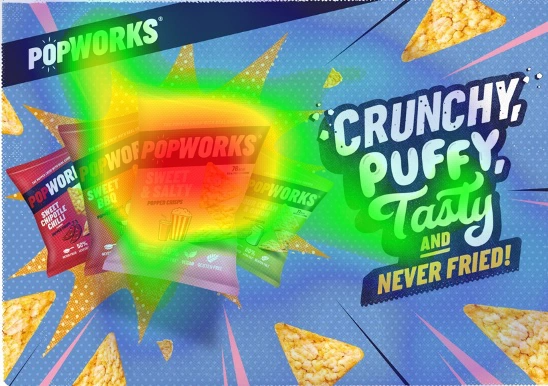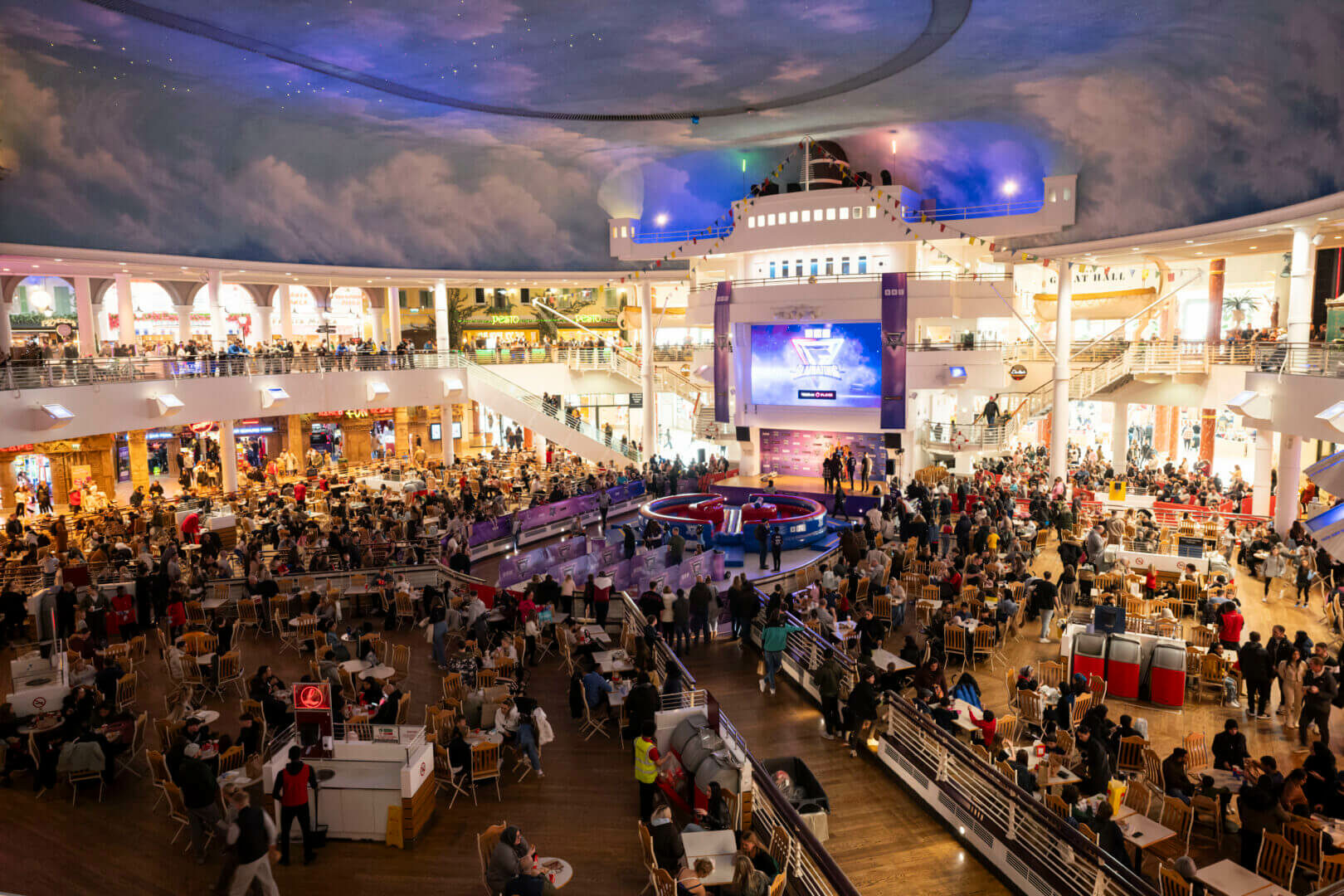The questions advertisers should ask about programmatic OOH (part three)
Barry Cupples, Global CEO & James Copley, UK CEO of Talon Outdoor
In a world where all media channels are fully commoditised and standardised, one would expect digital Out of Home (DOOH) to behave and operate in the exact same way as digital online and mobile. The introduction of programmatic trading should therefore be the next logical next step for the DOOH medium. One that will deliver automated, real-time buying, scaled reach, and intelligent, transparent, and frictionless online/offline targeting and measurement. DOOH traded and treated in the same way as other digital media.
There is now a flood of new platforms and providers making forays into the programmatic OOH (PrOOH) space, vying for a slice of a new digital pie. A persistent flow of announcements and press releases continue to stake their claims as first-to-market, DOOH innovators, rejoicing in the new possibilities.
But in the real world, where the distinctiveness of digital OOH is seen as one of the medium’s strengths, the application of online programmatic technologies has not yet sparked a fundamental rethink of the DOOH opportunity on the advertiser or media buying side. Many in the market remain unconvinced that DOOH can ever, or should ever, mimic the same model as online.
This article delves beyond the hype and addresses some of the burning questions that advertisers are asking about programmatic DOOH. The goal is to provide a clearer view of actual capabilities and open issues that still need addressing.
Does programmatic OOH really close the loop?
One of the original advantages of digital advertising is being able to measure campaign performance much faster than is possible with traditional media. So much faster that you can make smart adjustments to media buys while a campaign is in-flight.
This advantage exists because a wealth of information is created whenever a digital ad is bought, viewed or acted upon. Once this information is collected, organised and reported, buyers can easily gain insights about people’s responses to seeing those ads and then make the adjustments needed to improve performance.
The promise of programmatic is that it will bring similar capabilities to DOOH as well, but there are two simple reasons why this remains an aspiration and not a reality today.
1. DOOH is not designed for one-to-one engagement
Whichever technologies are used to buy DOOH, the ads themselves still reach large crowds of diverse, transient individuals, and not individual ‘users’. Even if they’re programmatically bought or sold, DOOH ads can’t all of a sudden demand to be clicked, shared or viewed through to completion. DOOH will still need large scale reach, frequency and creative impact to cut-through and provoke the kind of responses that advertisers really value. Often that’s not something you can track immediately.
2. No “wealth of information” is created when DOOH ads are seen and acted upon.
So for PrOOH to provide the insights needed to make smart adjustments, that information needs to be created in other ways. One way is using the transaction data from media buying as a proxy for real impression data, but it’s an approach that’s been rejected elsewhere because it’s unreliable. Online, there is a clear divide between the systems that handle media buying and those that track exposures and behaviours. That’s why nearly every advertiser does measurement through an independent ‘Ad Server’.
So how do you close the DOOH attribution loop? It starts with being really precise about who has been exposed to your ads, which messages they saw and how often. And then understanding that the responses you need to track might happen 1 hour or 1 month later. They might be a visit to a store or an online purchase, or it could simply be that some people are more likely to consider buying a product in the future. Just going ‘programmatic’ isn’t the answer. An appetite to test, learn and partner with specialised DOOH measurement solutions just might be.




